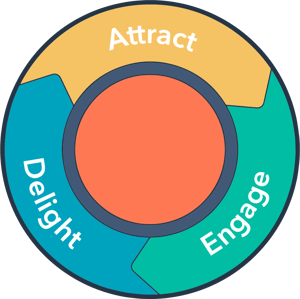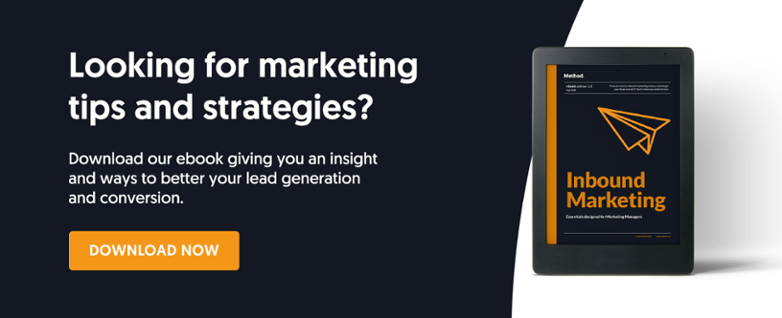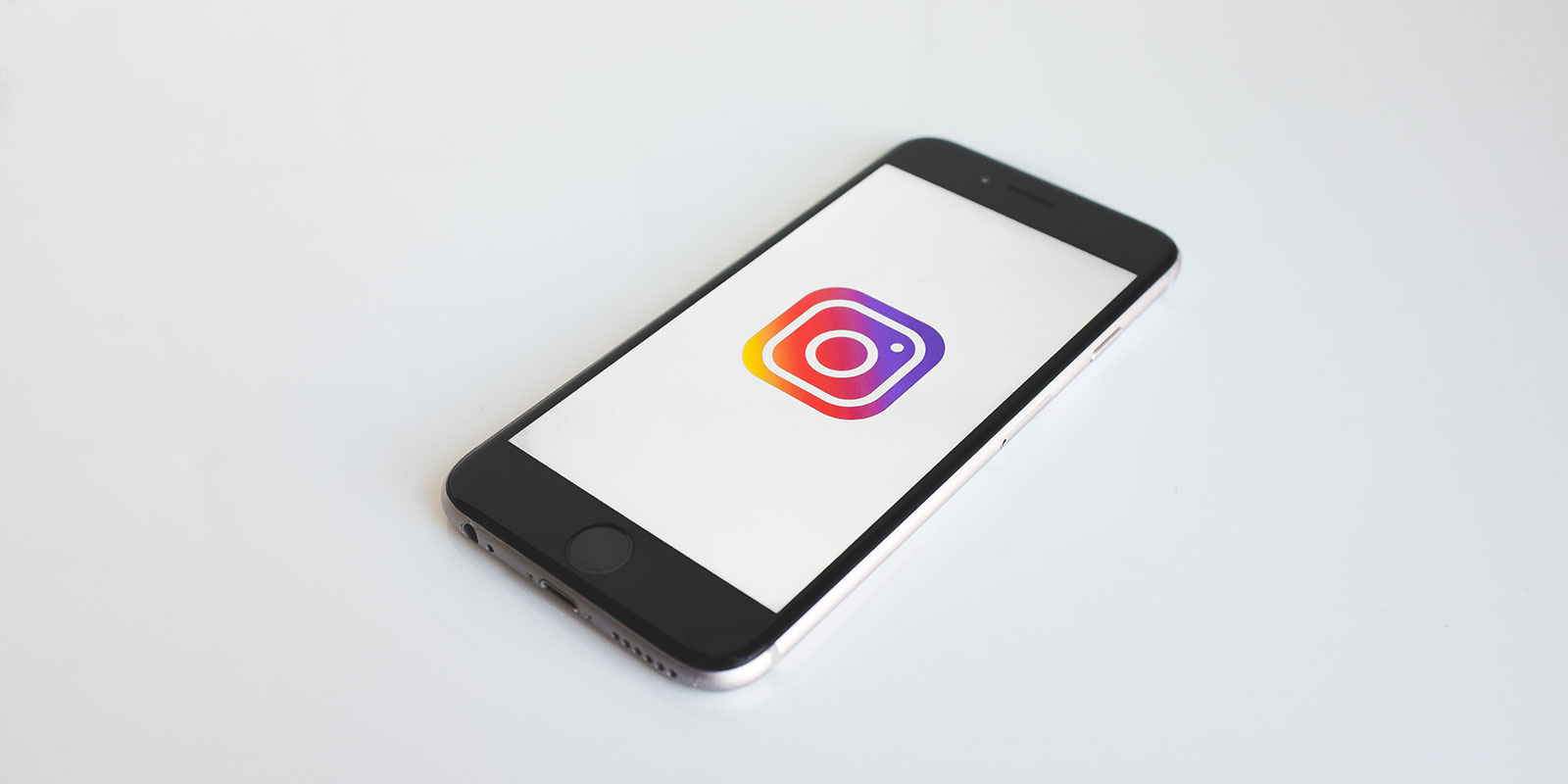In the saturated, competitive virtual universe of digital marketing, enhancing customer relationships is one of the most effective and efficient tactics a company can employ to generate solid leads. Inbound marketing has fleshed out a reputable name for itself – because it really works. Gone are the days of cold calling, boring seminars, and unwanted influxes of random spam emails.
Many marketing departments follow standard methods, simply because they always have. And yes, it might work. But does it work enough to spark some next-level company growth?
We address the key takeaways of inbound marketing in the modern marketing world and explain exactly how it can help businesses achieve growth like never before.
Say goodbye to ‘outbound marketing'
Outbound marketing is the old-school way of generally pushing a message widespread as far as you can, across as many people as possible. It treats advertising with a similar notion as an all-you-can-eat buffet, trying to target as many people as physically possible across a vague, generalised sample. Rather than focussing on niche audiences and individual relationships, outbound marketing simply ticks a bunch of boxes on a checklist and considers its leads as nothing more than numbers on a spreadsheet and an ancient list of KPIs. It casts a wide but untargeted net.
And not too long ago, this worked. But the world is moving on from this.
Technology is smarter, which means marketing techniques can be smarter. Not only that – but our digital world is so fast-paced; the competition tough; the online marketplaces are saturated, and audiences' attention spans are shorter. So really, marketing has to be smarter.
Marketing top dogs have realised that the ‘shove-it-in-your-face’ methods aren’t as effective anymore, especially not when there’s a shiny new methodology that’s revolutionised digital marketing forever.
What is inbound marketing?
Inbound marketing seeks to establish actual, genuine relationships with people. It’s not a one-size-fits-all solution, but a more intricate and intelligent form of marketing. A back-and-forth style of customer-to-company interaction that is designed to formulate genuine relationships that are to be valued by audiences. Inbound marketing is aware of its customer niche, and it’s based on the infrastructure of actual social relationships and consumer behaviours. And more importantly – it works.
It's far more reliable than old-school methods, and it has a much higher return on investment. It’s the perfect-fitting key to yielding actual results and can be a magic ingredient to enhance company growth.
HubSpot's inbound marketing strategy
HubSpot theorised the concept of inbound marketing in 2005. They even coined the term ‘inbound marketing,’ and they’re one of the industry’s top leaders in inbound marketing.
And we’re not just making this statement because we’re a HubSpot partner – but HubSpot really has revolutionised and reinvented a whole new way of marketing in the new digital age.
HubSpot have revisited consumer behaviour to its very core and studied the importance of analysing online habits. HubSpot have really done their homework and they know what works. They have segmented ‘inbound marketing’ into three chronological stages, with each step having their own strategies. These are ‘attract', ‘engage’ and ‘delight.’

-
Attract
Establishing a presence that is attractive to potential buyers. 'Attract' is about using your position in the digital marketplace wisely by forefronting your most valuable content that will gain customer trust
How? Ads, blogs, videos, social media.
-
Engage
Identifying customer 'pain points' and goals/aspirations and offering real solutions which solve these unique issues
How? Lead flows, lead management, conversational bots, automation, email marketing
-
Delight
Providing quality customer service to your lead, and offering pre-purchase support to empower your potential buyers
How? Smart content, attribution reporting, marketing automation, conversations inbox
Building an online presence that stands out from the rest
Nowadays, genuine connections are precious. The way we communicate with one another is completely different.
Digital communication is used just as must as (if not more than) our verbal ‘real’ interactions, blurring the lines between genuine relationships and transparent online relationships.
Digital interactions are used differently by all of us, of course. But generally speaking, we all face the same premise: the volume of online interactive opportunities is far larger than daily in-person interactions could ever be. This opportunity to be digitally interactive is at our disposal 24/7.
We are constantly surrounded by digital presences – whether you’re scrolling through your Facebook Messenger, or your work emails. By this logic – inbound marketing allows your company to have a digital presence which actually stands out. It’s far more valuable to generate actual, genuine relationships by using customer-focused content which is designed for your audience niche. There's no point releasing generic, broad content that doesn't consider your niche. Cold emails and spam content are just irritating to those whose 'pain points' you haven't actually addressed.
With automation systematically analysing your data for you, inbound marketing technologies allow you to tailor your communications strategically to build trust and credibility. And all these moving parts simultaneously work together to get to your true goal: growth.
So how does this affect growth?
It's like one big domino effect.
Inbound marketing allows you to get to know your potential customers on an individual basis. It's a much more sales-based technique which is built on the formation of actual social relationships and buyer psychology. And even better, inbound marketing technologies sorts all of your potential customer's information out for you. Automation and lead generation allow you to easily analyse what's working and what isn't, so that you can work on the more interesting parts: creative and innovative strategy.
It recognises that Lead A and Lead B have different requirements that your products or service can help with, in different ways.
With all of these leads being followed independently, on an individual basis, your business will generate more quality buyer-seller relationships. These relationships are being developed in their own unique way, simultaneously.
And the more quality buyer-seller relationships, the more purchases. The more purchases, and the more satisfied customers, the more growth.
And growth doesn't happen with just a mouse click. While you're working on these relationships, your analysing tools are gathering important tracking data in the background. So you can continually improve, enhance, tweak and craft your techniques based on these notable patterns, until you've perfected your inbound marketing to a tee - and the growth will just happen organically.
Many businesses see impressive returns on investment and reach new heights of rocketing growth - often in a much shorter space of time than 'outbound marketing' ever could.
Want to know more?
Check out our free Ebook on inbound marketing. It goes to town on the buyer journey, advises the best ways to create new marketing strategies, and provides invaluable growth tips that work - to help revolutionise your marketing strategies, and achieve growth organically.





